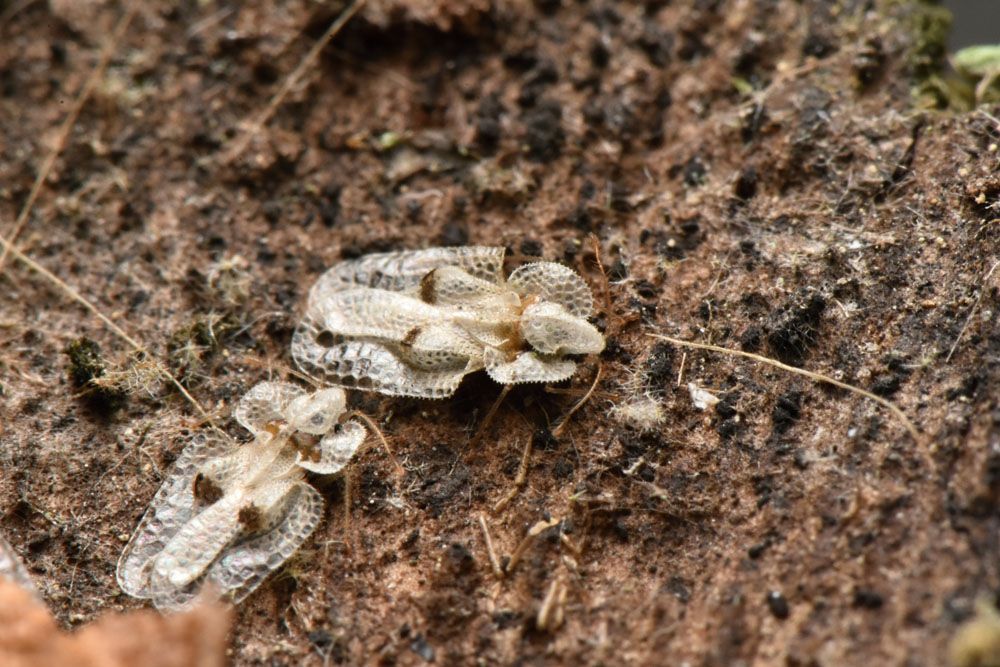
Sycamore Lace Bug – Corythuca ciliata
Sycamore Lace Bug – Corythucaciliata
Common Name: Sycamore Lace Bug
Latin Name: Corythucaciliata
Appearance:
Adult sycamore lace bugs are milky white and range in length from 3.2 to 3.7 mm (0.13 to 0.15 in). It resembles the cotton lace insect and the Florida oak lace bug but lacks the former’s brown crescent-shaped band on the carina (ridge on the body wall) and is bigger. The only brown colour is a little patch on each elytron’s protuberance (wing-case). The nymphs are oval, flattened dorso-ventrally, black, and spiky. The presence of this lace insect on sycamore distinguishes it from other species.
Host plant:
The primary host is the American sycamore (Platanus occidentalis), although it has also been discovered on Broussonetia papyrifera, Carya ovata, Chamaedaphne sp., Fraxinus sp., Quercus laurifolia, and Liquidambar styraciflua.
Territory:
The sycamore lace bug, Corythucha Ciliata, is native to North America and may be found in the eastern United States and eastern Canada.
Damages caused by Sycamore Lace Bug:
The feeding nymphs and adults leave black faeces (honeydew) on the afflicted leaves. Lace bugs are frequently found in great numbers (up to 100 per leaf). Infestations of this severity cause leaf yellowing and early leaf abscission. Infestations of sycamore lace bugs in Mediterranean cities produce nuisances like honeydew leaking in public places and house invasions.
Life history and habits:
After the adults have married, the female deposits eggs on the undersides of the host tree’s leaves, generally at a vein fork. When the eggs hatch, the juveniles initially stay close together, only migrating onto a new leaf when they reach the fourth instar stage. They draw sap by puncturing the leaf’s epidermis using their mouth parts. In Oklahoma, the entire cycle takes roughly 44 days during the summer. There may be numerous generations each year in the warmer portions of the insect’s territory. The insects are confined to the undersides of the leaves, where small black mounds of dried frass may be seen, and the nymphs’ shed skins frequently attach to the leaf. The upper surface of the leaf is dotted with white at first, along the veins, and the leaf gradually turns paler or bronzed, falling early. Overwintering occurs as adults in fissures or beneath bark flakes, with the insects able to tolerate temperatures as low as 24 °C (11 °F).
